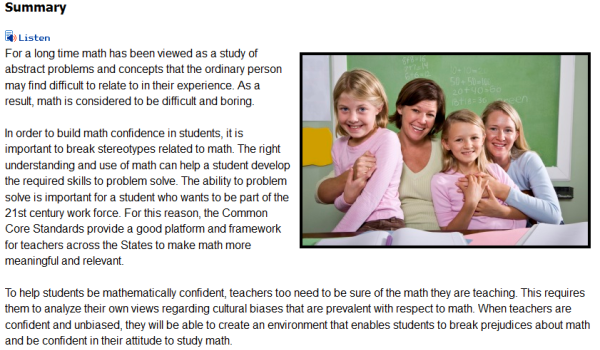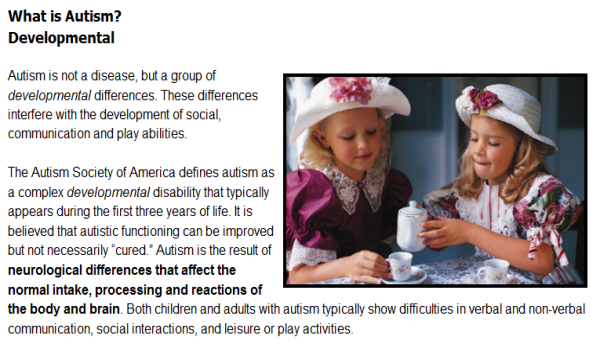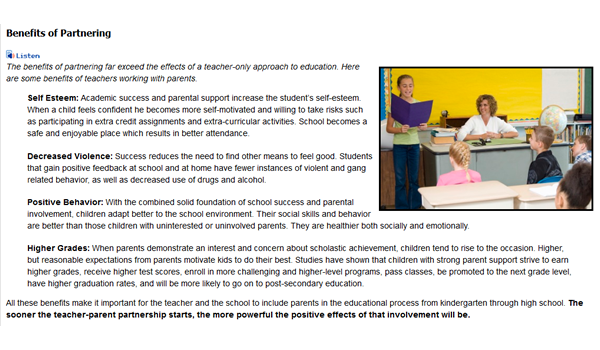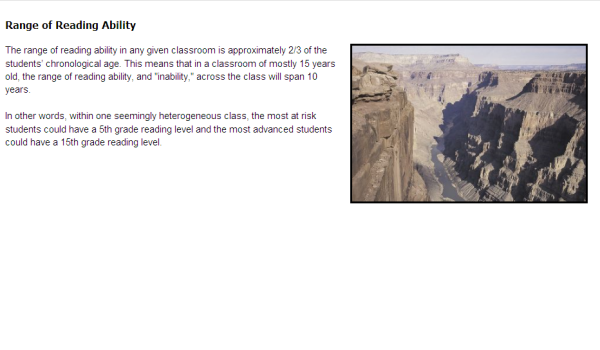PACKAGE: The Everything Package (175 Hours)
Posted by PLB Registrar · Leave a Comment
![]()
![]()
![]()
![]()
![]()
“Your courses fit my needs perfectly. They were ideal for someone who does not have a great deal of flexibility, and I learned a lot.”
You’ve heard of the everything bagel, Professional Learning Board presents the everything PD course package, The Everything Self-Study Package, which includes the following THIRTY TWO self-study courses adding up to 175 hours of professional development. Scroll down to see more information on the courses in this package.
|
Relicensure (175 hours)
|
# Hours
|
|---|---|
|
Accommodating All Learners
|
5
|
|
Accommodations through UDL
|
5
|
|
Apps for Education
|
5
|
|
Classroom Collaboration
|
5
|
|
Classroom Management for Positive Behaviors
|
5
|
|
Classroom Organization for the 21st Century
|
5
|
|
Cognitive Skills – Understanding Learning Challenges
|
5
|
|
Curriculum Development
|
5
|
|
English Language Learners in the Classroom
|
5
|
|
Ethics for Education Professionals
|
5
|
|
Examining and Evaluating Student Work
|
5
|
|
Formative Assessment
|
5
|
|
IEPs: Documentation and Implementation for Teachers
|
5
|
|
Inquiry-based Learning
|
5
|
|
Integrating Standards in Teaching
|
5
|
|
Internet Safety in a Connected World
|
5
|
|
Introduction to Autism
|
5
|
|
Introduction to Technology for Teachers
|
5
|
|
Language Acquisition
|
5
|
|
Partnering with Parents
|
5
|
|
Project Management for Students through Project-based Learning
|
5
|
|
Public Speaking for Teachers
|
5
|
|
Reading Across the Curriculum
|
5
|
|
Reading through Technology in the Classroom
|
5
|
|
Recognizing & Preventing Child Abuse
|
5
|
|
Recognizing Early-onset Mental Health Disorders in Children and Adolescents
|
5
|
|
Reflective Teaching Practices
|
5
|
|
Research-based Instructional Strategies
|
5
|
|
Standards-Based Instruction through STEM
|
5
|
|
Student Portfolio
|
5
|
|
Suicide Prevention
|
5
|
|
Technology in the 21st Century Classroom
|
5
|
|
Transformative Classroom Management
|
5
|
|
Understanding ADHD
|
5
|
|
Virtual Field Trips
|
5
|
|
TOTAL
|
175
|
Accommodating All Learners
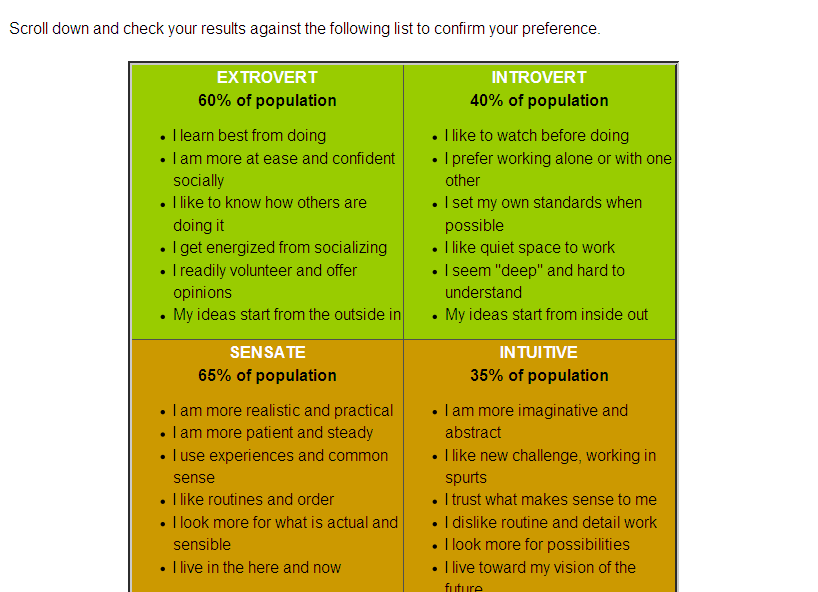 Reach and teach all learners by examining 21st century student and educator strengths in this research-based course packed with strategies, resources and tools. Participants will gain insight into both, their own learning and teaching preferences as well as the learning styles of students. Closely aligned with national standards and pedagogical goals.
Reach and teach all learners by examining 21st century student and educator strengths in this research-based course packed with strategies, resources and tools. Participants will gain insight into both, their own learning and teaching preferences as well as the learning styles of students. Closely aligned with national standards and pedagogical goals.
- Every Learner Learning
- Who’s Who: Teaching & Learning
- Who RR Students?
- Teaching Across Type
- Technology
- Theories & Strategies
Bulletin Boards – Ideas for Every Classroom
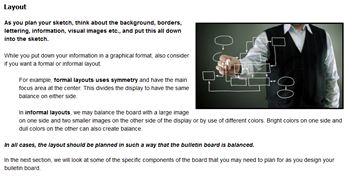 A classroom can seem incomplete without attractive and educative bulletin boards. Have you ever looked at another teacher’s bulletin boards and wondered how they managed to make it so interesting? Maybe you don’t have a lot of experience with art, or maybe you’re running low on creative ideas.
A classroom can seem incomplete without attractive and educative bulletin boards. Have you ever looked at another teacher’s bulletin boards and wondered how they managed to make it so interesting? Maybe you don’t have a lot of experience with art, or maybe you’re running low on creative ideas.
This course provides a new and fresh direction that helps teachers understand the basic principles of art and design and how to apply these in planning and creating bulletin boards. Included are a number of ideas for interesting, interactive and educative bulletin boards. Through this course, teachers come up with some very creative and visually effective ideas for their classrooms and often are inspired to create their own classroom bulletin board makeovers.
Bullying: The Golden Rule Solution
 During childhood, children learn and practice the skills they will need in their adult lives. Bullying is an unpleasant but inevitable part of life that happens in virtually every social group. If children don’t learn how to deal with hostility in their formative years, how will they manage when they grow up and have to face hostility from their co-workers, bosses, spouses and children?
During childhood, children learn and practice the skills they will need in their adult lives. Bullying is an unpleasant but inevitable part of life that happens in virtually every social group. If children don’t learn how to deal with hostility in their formative years, how will they manage when they grow up and have to face hostility from their co-workers, bosses, spouses and children?
Fortunately, the solution to bullying has been known for thousands of years. It is known as the Golden Rule and has been taught by wise people throughout history. The Golden Rule is the solution to being a victim. When people – both kids and adults – understand the practical application of the Golden Rule, no one can bully them and they can even turn their enemies into friends.
Classroom Organization for the 21st Century

Good teaching is both an art and a science. It requires a significant amount of planning, research, preparation, evaluation, and a whole lot of creativity. However, that doesn’t mean teachers need to sacrifice their personal and family life for education. The key to “doing it all” and “doing it all well” is organization. A rested, relaxed, and organized teacher is an effective teacher.
The aim of this course, The Organized Teacher, is to aid teachers as they strive to make their lives and classrooms more organized and a lot less stressful. There are tips, tools, templates, and creative ideas to help teachers organize the classroom environment, classroom activities, assessments, and other class events. The ideas in this course will present effective ways for teachers to be organized and to take practical steps to manage stressful days and avoid time crunches. This will have a positive impact on both themselves and their students.
Cognitive Skills – Understanding Learning Challenges
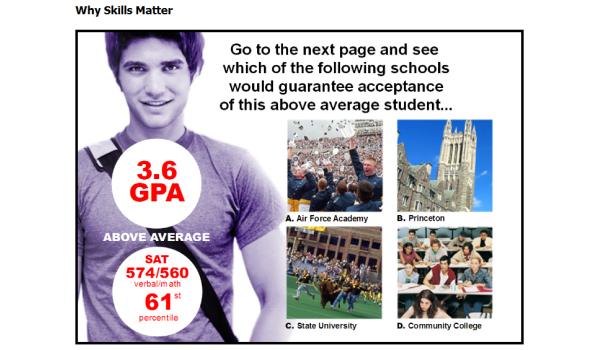
The U.S. Department of Education, and others indicate that weak cognitive skills are the source of over 80% of learning problems.
In this course you’ll come to understand the answer: students approach each task with varying learning tools. These tools are called cognitive skills, and these skills determine the quality, speed, and ease with which individuals learn and perform.
This course provides methods for detecting students with weak cognitive skills and tools to strengthen those skills. Teachers will receive understanding, as well as ways to apply development techniques in the classroom. The online class is fun and interactive and includes information about new brain research and how it can impact today’s classrooms.
Common Core: Academic Interventions

Every student is different and this course is designed to help teachers as they create unique interventions that benefit their individual students. This course is designed to guide and help teachers effectively and strategically support struggling learners in the classroom. Teachers have access to a collection of guidelines and resources based on the Common Core State Standards, that aid in assessing the needs of under-performing students while matching to effective academic intervention plans. The course presents ideas and tips to systematically plan and document each aspect of an intervention while monitoring a student’s progress. There are a number of strategies and teaching resources included in this course that can be used to successfully implement reading, writing, and math interventions in classrooms.
Common Core Assessment & Evaluation
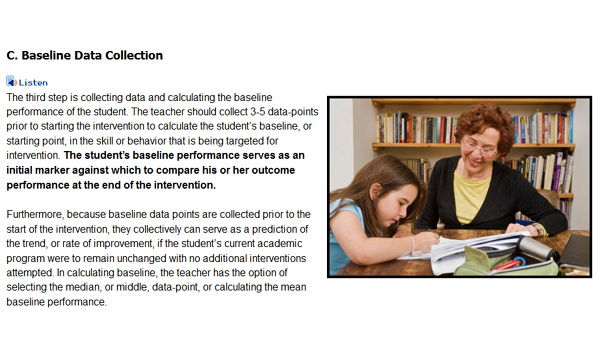 Successful implementation of the Common Core (CCSS) is rooted in being able to identify in which areas students need support. However, most teachers don’t have time, resources or skills to conduct regular intensive assessments. This course provides a solution for this challenge by providing a framework that teachers may use to identify problems, set goals, and evaluate achievement as an ongoing process.
Successful implementation of the Common Core (CCSS) is rooted in being able to identify in which areas students need support. However, most teachers don’t have time, resources or skills to conduct regular intensive assessments. This course provides a solution for this challenge by providing a framework that teachers may use to identify problems, set goals, and evaluate achievement as an ongoing process.
Teachers will be equipped to periodically collect data to determine in real time whether a student is showing adequate growth toward the outcome goal. Teachers will be able to plan intervention based on results, resulting in greater student achievement.
This course is full of templates, tips and strategies to help teachers gain confidence in evaluating and monitoring a Common Core (CCSS) based curriculum.
Common Core Curriculum-Based Measures
 Basic skills are required for any subject in order for students to achieve. When students struggle with basic academic skills, implementing the Common Core standards (CCSS) can be challenging without successful interventions. By monitoring and managing student development, teachers can guide students toward success in all aspects of the curriculum.
Basic skills are required for any subject in order for students to achieve. When students struggle with basic academic skills, implementing the Common Core standards (CCSS) can be challenging without successful interventions. By monitoring and managing student development, teachers can guide students toward success in all aspects of the curriculum.
This course helps teachers learn to evaluate and monitor basic academic skills. Curriculum Based Measures (CBM) is a standardized tool that aligns with the Common Core Standards (CCSS) and gives teachers objective and specific information about student academic performance. This course provides a framework to help teachers plan interventions based on the issues identified in the CBM. Teachers will be able to build a strong foundation for Common Core implementation with a specific focus on language fluency, math and written expression.
Common Core Instruction Practices
 The Common Core standards are new, and the pressure to achieve is great. This course helps teachers through practices that support implementation of the Common Core State Standards (CCSS). Ideas and strategies promote student motivation and self-learning while decreasing and eliminating behavior issues. This course equips teachers with teaching tools, tips and resources needed to make classroom instruction time more effective.
The Common Core standards are new, and the pressure to achieve is great. This course helps teachers through practices that support implementation of the Common Core State Standards (CCSS). Ideas and strategies promote student motivation and self-learning while decreasing and eliminating behavior issues. This course equips teachers with teaching tools, tips and resources needed to make classroom instruction time more effective.
The course is rich with examples and templates that focus on practical implementation and real classroom challenges. It will help build a classroom environment where students take responsibility for their learning. The strategies in this course align with the principles of the Common Core Standards (CCSS) and enable students to succeed in meeting standards.
Math is a subject that is very connected with every other subject taught in the classroom. This course is designed to help any teacher gain confidence in areas related to mathematics and the common core. It is a great start for teachers looking to implement STEM and other models of integrated education.
Common Core Mathematics for All Teachers helps teachers understand math practices and application of math through the Common Core State Standards (CCSS). It helps teachers understand ways in which these practices can be incorporated into any classroom, explains the different ways a teacher can enhance student learning, and encourages teachers to set up their classroom in a way that increases student involvement and makes math real and fun for everyone.
Mathematics education is changing today and is no more just about solving questions on paper. It’s all about application and using math in real ways. This course will help equip Math, Science, Language Arts and Social Studies teachers to gain confidence in integrating math effectively in their teaching practice.
And so much more!
Curriculum Development

Traditional curriculum cannot always keep up with the challenges of the educational needs in today’s dynamic world. Hence, it is essential to redesign the curriculum. This course highlights the fact that each and every educator has the responsibility to contribute, even in small ways, to making a difference in the curriculum. The resources, examples and templates included, guide the teachers to plan, develop, integrate and evaluate curriculum more effectively. This information will empower teachers to implement novel ideas in curriculum development within their classrooms that will help students to face the challenges of the dynamic world around them with greater confidence. An effective curriculum will enable the students to become successful learners, responsible citizens and effective contributors in shaping the future of the nation and the world.
Differentiation for Gifted Learners in the Classroom
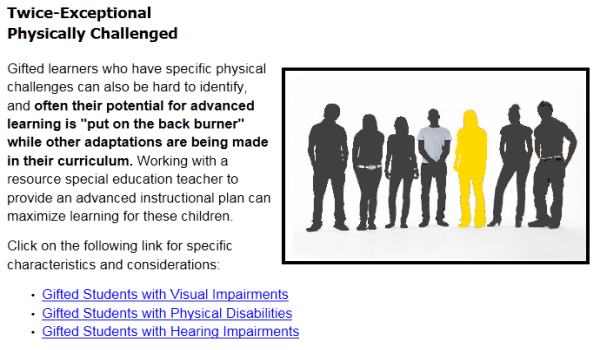
This course examines some of the challenges facing gifted learners and offers easily implemented accommodations and success strategies. By understanding the unique learning needs of children who are considered “gifted,” participants will indirectly meet the individual needs of all learners.
Through this course educators and parents can make greater sense of gifted and talented education by learning about identification, instruction and assessment of these students while exploring related topics, issues and resources geared towards our gifted population.
- Characteristics
- Personal, Social and Cognitive Needs
- Special Populations
- Practical Strategies
Ethics for Education Professionals

With the advent of the internet and smart phones, it’s easy for boundaries to become blurred. In the past it was rare for a student to call a teacher at home. Today, students and teachers are faced with numerous ways to contact one another 24/7. Things that in the past may have been black and white are now grey. Where do we draw the lines?
Even though most people believe that their actions are guided by logic and reason, we all have an innate ethical sense that urges us to make predictable choices. We each find words to create rationales that support our choices or decisions. However, ethics education is about recognizing the real power of our own innate ethical sense and how it influences our behaviors.
We build our ethical sense on beliefs that we already bring with us. This is why ethics is about individual’s personal choices. When we recognize and intuitively understand that ethics must be measured on a case-by-case basis, this type of ethical relationship can become a powerfully positive starting point for both educators and students. We must commit to broadening our understanding of ethical issues while at the same time seek to better understand the ideas of others.
Step inside this course and discover through reflection and introspection, an understanding of one’s innate ethical self. You’ll find tools and tips for bringing high standards of ethics into our schools and a variety of topics to explore practical ways to address ethical decisions in our lives at every stage.
Formative Assessment

Is your school moving in the right direction?
Can you tell if students are learning – how can you tell?
Three years ago Brian Creasman became principal of a “low performing” high school and was confronted with these two questions. A high school classified as “low performing” obviously is not a title any teacher, administrator, student or parent wants for their school.
Out of everything (curriculum alignment, effective instructional strategies, etc.) Mr. Creasman learned that for an assessment to be effective, it should also be formative. Keep in mind that effective formative assessments result in instruction that meets the needs of each student. Formative assessments allow teachers to respond to the needs of the student quickly, however more importantly it allows the student to shape instruction (both a student-centered and teacher-driven education model).
The formative assessment program there continues and is constantly changing for the better. Once you have a well planned formative assessment program in place, your school will also see:
1) A change in the culture within classrooms
2) Concise communication of learning goals
3) Varied effective instructional methods
4) A new understanding for student learning
5) Improved student engagement with targeted student feedback
6) An increase in student learning!
Take the next step. Learn about and implement formative assessments in your school to discover and demonstrate for yourself, your students and your community what happens when a school moves in this direction and you know students are truly learning.
IEPs: Documentation and Implementation for Teachers

The goal of this course is to help teachers understand the IEP process and build the teachers comfort level in developing, aligning with and carrying out the IEP through rich examples and templates to help teachers understand and practically use the recommended strategies in a classroom setting.
This course helps teachers provide children who have an Individualized Education Program (IEP) with an appropriate education in the least restrictive environment. It is designed to educate the educators on the various regulations and requirements while helping to develop a team that works together to improve educational results for children with special needs. Teachers will examine various supports and services a student with special needs may receive for instruction and testing.
Preparing teachers for 21st century students requires a close look at what it means to teach and learn in increasingly networked, technology-rich, digital classrooms. Schools and teachers need to thoughtfully and intentionally design learning environments and tasks in which teachers explore issues that are relevant while developing pedagogies that are effective for a knowledge era. Utilizing new images and acquiring new expertise facilitates meaningful learning with technology. The Inquiry-based Learning (IBL) approach provides a platform for holistic education.
This course offers a framework for teachers to plan lessons that promote Inquiry-based Learning (IBL). Starting with explaining a need for such a shift in education, the course shows how an IBL classroom works. Through multiple classroom examples, teachers are able to understand what specific and new roles they play and how to encourage student initiative, while ensuring that the focus remains on productive matters.
The Inquiry-based Learning course details some models that teachers can adapt to meet specific needs of their class, as well as to monitor and enhance the learning of their students. Teachers learn practical and dynamic ways of evaluating their students’ progress while also incorporating technology for better results.
Integrating Standards in Teaching
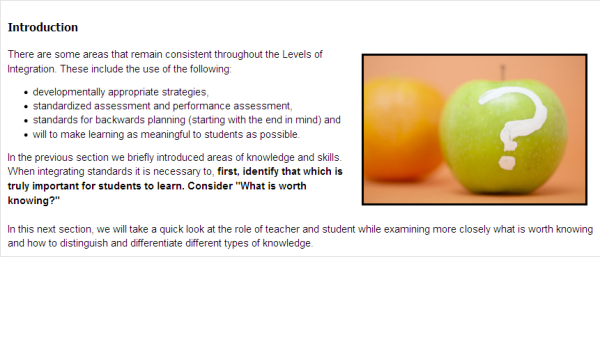
Benchmarks?Rubrics?Assessments?Content, Instructional and Performance Standards?
We’re told that a standards-based curriculum is supposed to increase student learning and promote higher student achievement, but what is it really all about? This course helps educators untangle what turns out to be the not-so-mysterious-language of today’s teaching and learning, and put successful strategies into practice.
Internet Safety: Protecting Children in an Online World
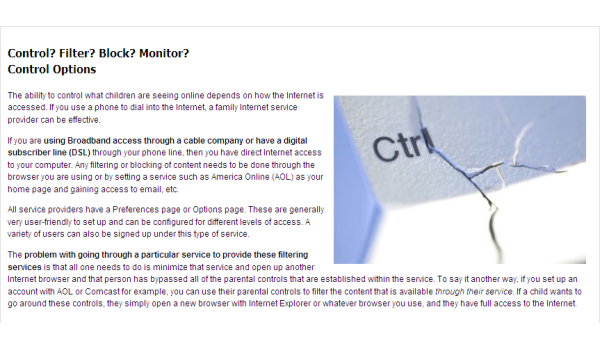
Issues that the youth of today, parents, teachers and those who are part of their world face online is the essence of this content. Participants discover areas of the Internet used by youth, what kinds of threats exist on the Internet and how everyone can protect their loved ones, family members, students and those under their care or responsibility. A special focus of the course includes ways in which adults can protect themselves online.
- Social networks
- Instant messaging & texting
- Chat rooms
- Gaming & virtual worlds
- Vulnerabilities of Children Online
- Cyberbullying
- Online predators
- Tips & tools for protecting children online
- And more…
Most people today know someone with autism. People on the autism spectrum are in our classes, our neighborhoods and our families. Whether you know a little or a lot about autism, this course will give you useful information about the autism spectrum.
Although everyone on the autism spectrum is an individual, this course outlines a constellation of developmental differences common in autism that lead to the key concerns of social and communication issues.
A person with autism experiences the world in a unique way while thinking, remembering events, reacting and communicating differently. Understanding some of the different issues people with autism must face can help us to be more understanding and improve our interactions with students.
By understanding the underlying components of developmental differences in those on the spectrum, teachers, parents and others can revise their own preconceived expectations and help support the learning and behavior for those with autism. This course enables you to learn to understand the world from the perspective of someone with autism.
Introduction to Technology for Teachers

This interactive course introduces teachers to technology tools with one goal in mind: increasing teacher comfort level in using the Internet and today’s technology tools for teaching and learning. Teachers will learn new ways of using tools they are familiar with and be exposed to brand-new tools and applications for use both in professional development and with students in the classroom.
Topics covered in this course:
- Basic computer terminology
- Office applications
- Web tools
- Integrating technology in classroom lessons
- Using technology to enhance professional development
Teachers will learn to integrate technology effectively with student learning to increase engagement and student achievement.
iPads in the Classroom
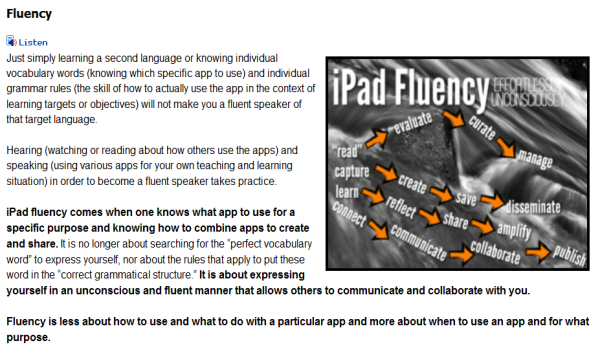
The iPad helps us prepare today’s student for today’s world in more ways than we could ever do using traditional teaching strategies. However to achieve heights in teaching and learning, teachers need to understand much more than just how to use an iPad.
This course has been specially designed for teachers who are just beginning to use iPads or those who are considering using them. Rather than a focus on learning to operate an iPad, this course will help teachers gain knowledge about different ways by which the iPad can be integrated into the process of learning. In addition to practical learning activites and ideas, it helps the teacher prepare the classroom environment and schedule for the introduction of iPads. It helps teachers to plan and organize iPad use, so that it is efficient and smooth.
At the end of this course teachers will be able to:
- Learn to use an iPad
- Find and use apps for teaching
- Organize iPad activities in the classroom
- Set up the classroom environment to encourage efficient iPad us
- Manage technical tasks related to iPad maintenance including charging, updating and storing.
- Use iPads to teach and practice 21st century skills including communicating, collaborating, connecting, creating and critical thinking.
- And so much more!
Many parents need motivation and support to help them partner with the teacher. In our profession as teachers, we must partner with the parents of our students. The “dream parents” are cooperative, freely volunteer and carry on the learning process at home. However, many parents need motivation and support to help them partner with the teacher.
In this course, you will learn about various personalities and come away with an understanding of why parents think the way that they do. You will also discover strategies that you can use in a number of common challenging situations teachers face while working with parents. Finally, learn more about planning and organizing activities in your school.
This course will help you enhance your professional interaction and communication skills as well as help you build lasting relationships with the parents of your students.
Positive Behavior Intervention Strategies
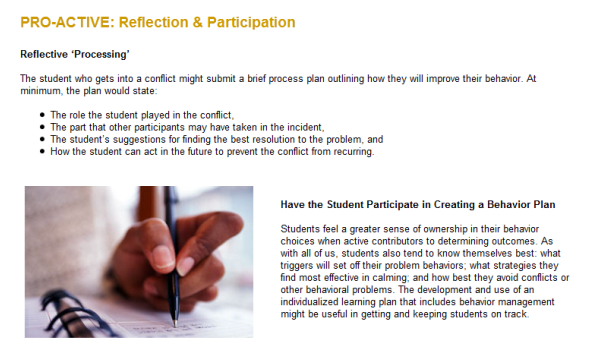
This course is based upon the extensive research, work and writings of Jim Wright, a Behavior Intervention Specialist, Psychologist and School Administrator in central New York. Mr. Wright has experience in the areas of Academic and Behavioral Interventions, Curriculum-based Measurement and Violence Prevention. This course will address research and strategies in the following areas:
- Behavior Basics
- Group & Classroom Management
- Defiance & Non-compliance
- Impulsivity & Hyperactivity
- Attention & Motivation
Reading should be a meaningful activity that is focused on comprehension and that results in understanding. When students struggle with a specific subject matter the underlying reason is nearly also identified as under developed reading skills. The strategies in this course are imperative for all educators to help their students become proficient readers.The Reading Across the Curriculum lesson helps teachers understand how to assess reading skills in the classroom and plan instruction accordingly. When every day teaching is carefully designed around this type of data it means that all students can learn and grow.
Recognizing & Preventing Child Abuse
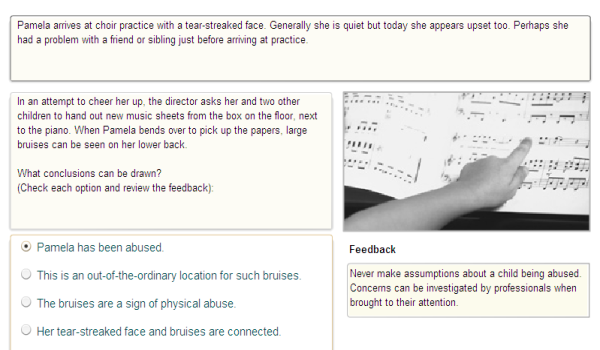
This five clock hour course empowers each of us with the ability to recognize types, signs, characteristics, scenarios, and in general, indicators of suspected child abuse. We know this is a difficult subject to discuss. For that reason, we think you will find this course to be respectful of the topic while giving a solid foundation in understanding the key information about child abuse.
- What is Child Abuse
- The four types of child abuse
- Safe Environment Practices
- Reporting & Resources
Recognizing Early-onset Mental Health Disorders in Children and Adolescents
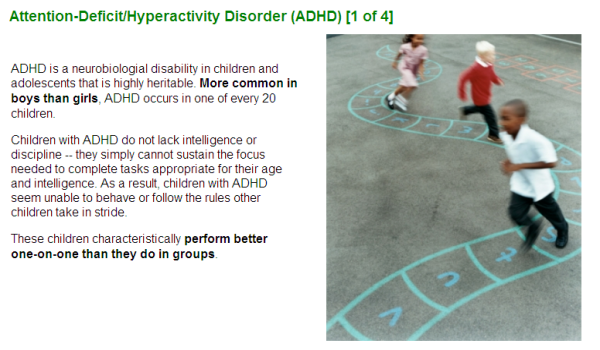
As educators and parents we are often, by default, among the first people to notice that a child may be experiencing problems. Completion of this course results in a basic understanding of warning signs of early-onset mental illness in children and adolescents which is useful to professional teaching and learning as it strengthens teacher-parent communications. Topics covered in this course:
- What is mental illness
- Parent stages
- Communications
- What teachers can do
- Attention Deficit Hyperactive Disorder
- Oppositional Defiant Disorder
- Conduct Disorder
- Depression
- Bipolar Disorder
- Anxiety
- Schizophrenia
This course provides an understanding of key warning signs for early-onset mental illness in children and adolescents.
Reflective Teaching Practices

Have you wondered if your efforts and hard work are paying off? Have you spent time pondering over whether your teaching strategies are appropriate for your class and reviewing the results?
Developing a process of reflective thinking or reflective practice is a viable solution to this problem. Reflective practice is considered to be central to effective teacher preparation programs and the development of professional competence. A truly reflective teacher becomes sensitive and responsive to the needs, issues, and concerns that are so important in shaping qualitative educational practice. This course helps educators learn about various reflection and professional development practices that will enable you to become a reflective teacher and grow as an educational professional.
Research-based Instructional Strategies

To help students improve in academic achievement, develop an attitude of learning and acquire the skills needed for the demands of the work place and real life situations, educators must continually review, reflect on and work to improve their instructional skills.
This course provides teachers with research based approaches and strategies that can be incorporated into classrooms. These will improve the effectiveness of teacher led instruction and encourage active student involvement in learning. These strategies and approaches are shown to have numerous benefits resulting in increased student achievement and learning.
Through this course, teachers can also have a look at their own views about teaching and learning, gaining a research based perspective on commonly believed myths in the educational field. Teachers are also provided with useful strategies in the areas of reading, writing and math. The course is rich in examples, templates and rubrics to help teachers understand and practically use the strategies in the classroom setting.
Teaching English Language Learners

Any K-12 teacher, administrator, or support staff member who would like to help English Language Learners do well in school will find this course to be both informative and useful. The focus includes how to make ELLs and their families feel more welcome while generating academic successes through empowerment.
Participants will improve cross-cultural skills and examine cultural influences on school practices, and come away with greater insight into how second languages are acquired. They will also discover teaching methods and educational strategies for today’s diverse mainstream classroom that are considered best practice for reaching and teaching all learners. Included are highlighted practical tips and activities that can be put to use right away.
Technology in the 21st Century Classroom
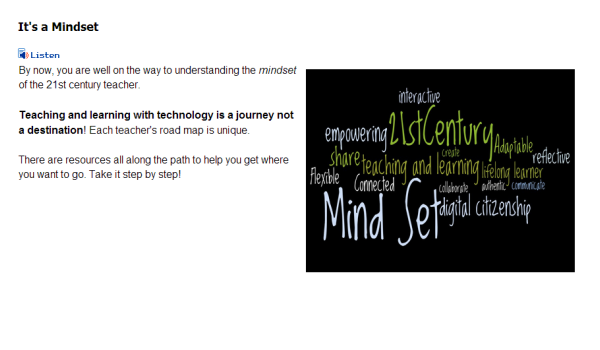
Technology has become an integral part of our life and learning patterns in the 21st century. The internet, blogs and smart phones are some examples of tools that we use to grow in our knowledge and understanding. Using technology like this in the classroom requires more than knowing how to use the tool. Teachers need to understand the role of technology in the learning process, and the principles behind integrating it in a way that it promotes learning without it being a distraction.
This course teaches concepts and ideas behind using technology in the classroom. It also helps teachers to understand the various skills that students need to develop in order to use technology in the most effective way. It equips teachers to help students use technology intelligently and responsibly.
Transformative Classroom Management

What makes a teacher successful in one school is the same thing that makes a teacher successful in the next school. It is true that all students are unique and group dynamics, cultural backgrounds, and experiences vary — sometimes dramatically. But for the most part, sound ideas get positive results and unsound ideas get mixed results at best.
Not all ideas sold in the marketplace of classroom management strategies lead to desirable results. In fact, many of the most popular ideas result in more harm than good. For that reason, parts of this course are devoted to explaining why many of the most popular ideas in use today are flawed, and what to do instead.
This course is a synthesis of what’s effective in the area of classroom management. It builds on extensive time, real experiences of teachers, observations of hundreds of classrooms, research and the best ideas put into successful practice.
Understanding ADHD

Have you ever come across a child who’s always on the move? They might have had ADHD. Attention Deficit Hyperactivity disorder or ADHD is seen commonly in today’s classroom. Children with this condition are restless, find it difficult to sit, are very impulsive and have a very short attention span. On the other hand they are also very intelligent and creative.
These energetic students can often disrupt a classroom. Thus, it becomes even more important for teachers to understand what this condition is all about and learn strategies to teach a child with ADHD.
This course does just that for you. It provides a variety of tips, adaptations and strategies that you can use while working in the classroom. You will learn about classroom modifications and adaptations that will help maintain order in the classroom. You will also discover methods for communicating more clearly with special educators and parents about their children. This course helps teachers gain confidence in not only handling ADHD, but also other students who are energetic, hyperactive or have difficulty paying attention.

